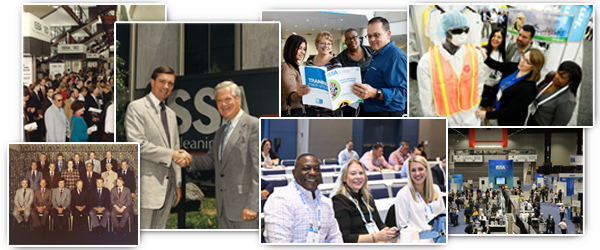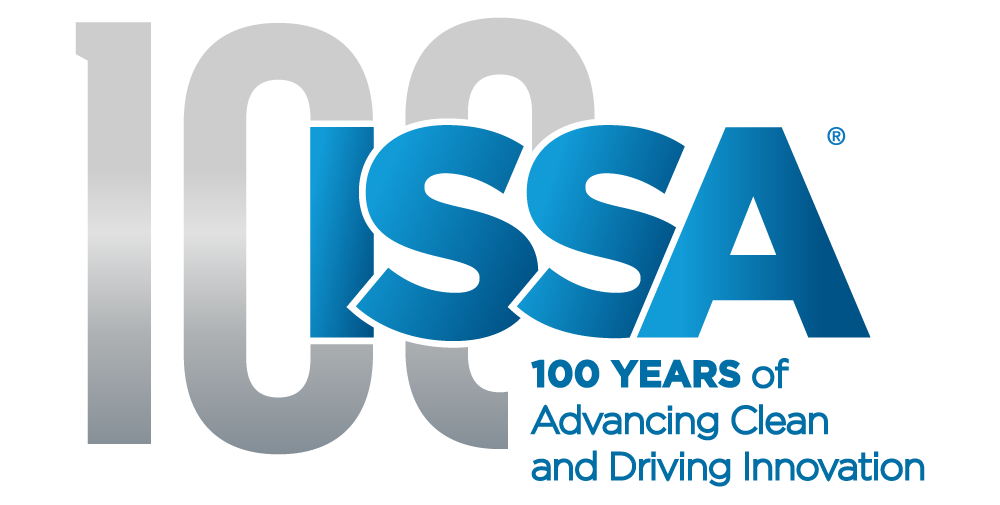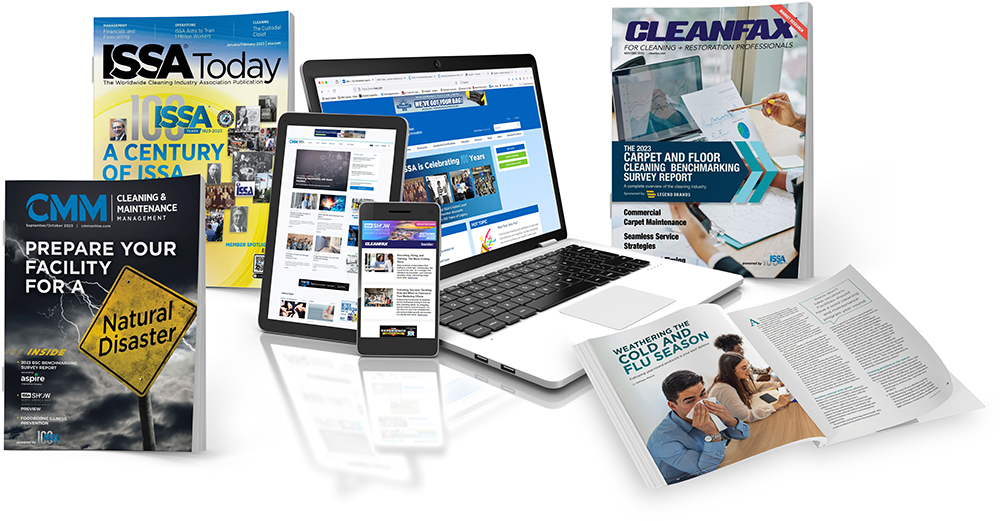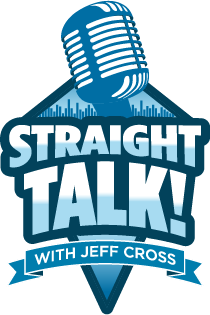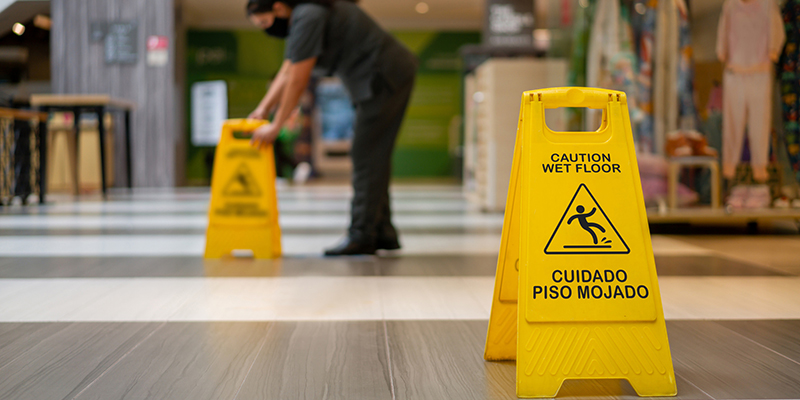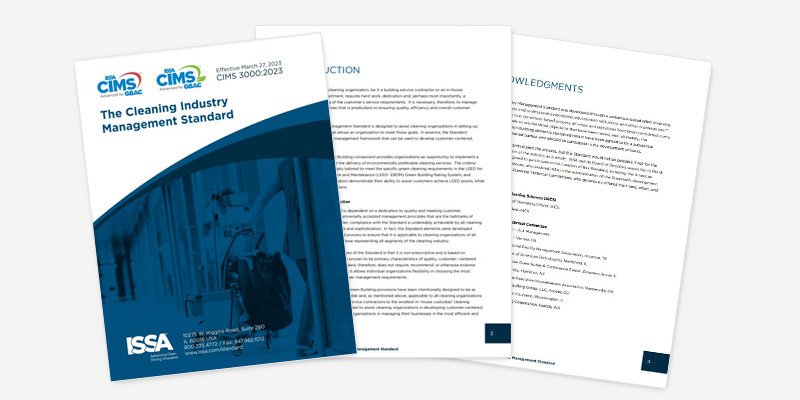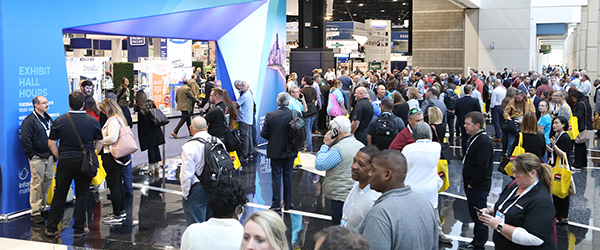Carpet Care 101: Pricing and Production Rates

This article is the second in a two-part series that aims to cover everything you need to know about carpet cleaning. In the first part of the series, we discussed the various methods available for treating carpets, outlined their benefits, and defined some of the most common terms in the world of carpet cleaning. Here, we discuss the proper methods for pricing and bidding carpet cleaning jobs.
The Right Equation
On one hand, the pricing of a carpet cleaning job appears to be a simple mathematical calculation. You multiply a number of square feet by a rate per square foot, and you have a price for the job (# sq. ft. x ¢/$ per sq. ft. = bid amount).
On the other hand, when you take a closer look at the work that’s going to be done, you realize that there are a number of variables involved that may impact how long the work takes. In addition, you’ll want to determine which processes, chemicals, and equipment will obtain the best results with the least chance of damage. Now this is where the pricing of carpet cleaning starts to become more complicated. (# sq. ft. divided by cost for labor, overhead, supplies, equipment, unknowns, risk, + + + + = profit or loss ????).
Although I toss around a lot of prices and production rates in this article, it’s important to understand that these numbers are wide ranging and may not apply to the work that you are doing. The bottom line: The only true numbers you can count on are those based on your actual experience and performance.
Variables That Can Impact Time & Cost
Here’s a short list of some of the variables that should be taken into consideration when pricing a carpet cleaning job.
- Is the work you are doing residential or commercial?
- Is it a big job with thousands of square feet or a smaller job?
- Is there anything special, out of the ordinary, or unique about the job that will take more time (access, security, hours, location, soiling, etc.)?
- Are you doing interim cleaning or deep/restoration cleaning?
- What level of soil and spots are present (light, medium or heavy)?
- Is pre-vacuuming, pile lifting, or pre-spraying and agitation required?
- Are you doing the work yourself, hiring employees, or using sub/independent contractors?
- Is it a one-time job or a repeat job that you can do several times per year and will likely lead to additional work?
Are Add-Ons Possible?
It’s important to also consider what you can do to make the job more profitable than the cleaning itself. By including add-ons, you’ll become more competitive in your pricing. Typical add-ons include:
- Repairs
- Spot removal
- Odor removal
- Topical treatments (soil or stain repellant)
- Disinfection or sanitization
- Inspection/consulting services
- Mini-blind cleaning
- Ceiling cleaning
- Upholstery cleaning
- Window cleaning
- Hard floor maintenance
- Tile and grout cleaning/sealing
- Stone cleaning, maintenance, or restoration
Your Breaking Point
In order to determine what to charge per hour or per square foot, you must first determine your breakeven point. No matter how you price a job, one of the most valuable pieces of information is your total monthly cost breakdown of all expenses and your profit margin (income and expense statement). Unfortunately, many contractors do not track this as they should.
Gary Clipperton, in developing JanBid Estimating Solutions, uses a spreadsheet to calculate the breakeven point. By itemizing all company expenses required for the business and converting that to an hourly expense rate, a breakeven point is determined. Here is a typical expense ledger for a cleaning contractor:
Expenses
- Payroll – salaries & wages
- Payroll taxes
- Sub-contract labor
- Cleaning supplies, materials, chemicals & other
- Promotions & advertising
- Transportation cost
- General liability, umbrella insurance
- Uniforms & badges
- Background checks & drug testing
- Office expense
- Telephone, pages, Internet
- Professional fees
- Education & training
- Dues & publications
- Meals & Entertainment
- Interest expense
- Professional fees
- Total expenses
- Asset cost
- Vehicles
- Cleaning equipment
- Office equipment
From this list, you will be able to determine the total of all your expenses and overhead. The grand total will be your breakeven point. In other words, you have to earn at least this much to pay all of your business expenses. Now a reasonable and desired profit margin must be added before you will be able to pay yourself.
The starting point is to determine how many hours a day and how many days a week you plan on working. If your “on-the-job” time is five hours a day and the rest of your time is spent driving, bidding, picking up supplies, collections, and errands, then those five hours must produce your desired income. All expenses must be totaled, including a monthly allotment for the replacement costs for your equipment.
Clipperton explains that, if your starting budget is US$5,000 a month (net income) and your expenses are $2,000 a month, then those five hours a day must produce $65 an hour. This is arrived at by adding the $2,000 expenses to the $5,000 desired net to arrive at $7,000 a month gross billing. Next, you divide that amount by your monthly workdays. If you average 21.5 work days a month, then divide the $7,000 by 21.5 and that equals $325.58 a day. If you are on the job five hours a day, then you divide by five to arrive at an hourly billing rate, or in this case $65 an hour.
This example would not hold true for a truck-mount operation as the expenses are usually double that of portable operations. If this is the case, you may find the hourly expense rate to exceed $50 an hour. As your company grows and you add workers, you will likely increase your annual income goals.
For example, if you wanted to earn $100,000 a year and you worked five hours a day and 21.5 days a month, your math might look like this:
| $100,000 desired annual net ÷ 12 months = $8,333 mo. ÷ 21.5 work days and then ÷ that number by 5 hours = $77.52 an hour. |
This represents your desired income goal. If your expenses ran $50 an hour, then your gross billing would equal $127.52 an hour ($77.52 desired net income plus $50 an hour total expenses).
Now comes the tricky part. Clipperton has developed a scoring system that allows the JanBid program to rate 11 different cleaning variables. These variables affect the actual job production time for most carpet cleaning jobs. The variables include observable soil load, furniture to move, color of carpet, total square feet, obstacles to maneuver around, if the carpet has been cleaned on a regular schedule, if the rooms are small or large, accessibility, the need to pre-vac, set up time, and if the carpet must be raked or groomed.
The total score is applied to the desired hourly billing rate and then calculates the appropriate price per square foot. What these calculations allow you to do is adjust the price per square foot to every job, so your hourly income remains constant. Anyone in the business knows an empty 50,000 square foot ballroom would be priced much less (per square foot) than a 5,000 square foot restaurant packed out with furniture.
Clipperton notes there are other factors entering into the final pricing. These factors could include anything from a discount for a large account, a regular programmed service schedule, or traffic lane maintenance. Other factors that increase the pricing include red dye removal, chewing gum removal, a one-time job of cleaning neglected carpet, deodorizing, carpet protector, and special drying needs.
Another piece of the pricing puzzle is to know what the market will bear. If your entry pricing is double or triple that of most of your competitors, it will be difficult to land your fair share of accounts. Unfortunately, many companies sell on price only. The problem with that strategy is that you attract only price conscious customers and not quality conscious customers. The next time the customer needs his carpet cleaned, he may call around until they find the cheapest rate. In other words, there is a lack of loyalty. It helps to know what your competitors are charging so you don’t excessively undercharge or overcharge.
Pricing Commercial Work
It is necessary to personally visit each job-site and measure the carpeted area. Ask the customer if it is ok to break the bid down into departments or areas. It is common for individual offices to be cleaned less frequently than major halls that experience heavy traffic. With a grocery type list, customers can pick and choose according to their individual needs. This also simplifies the billing process each time you perform the work. When a customer has an itemized price list by area, it makes it easy for them to phone you and request the most critical areas to be cleaned. Customers appreciate the ease of being able to look at your itemized list and make decisions.
Some customers ask about a discount for subtracting desks, file cabinets, etc. This should not be allowed. It is usually faster to clean an empty office than trying to work around obstacles. Office furniture is difficult to work around because you have to slow down so as not to knock over any delicate objects and you must cut in closely to avoid a soil streak next to the item.
Crew Size
The proper crew size is best matched to the size and soil conditions of each job. If there is furniture to move, a two-person crew will always be more efficient. The goal of each job is to keep the wand or the extractor moving. This is best accomplished on a large job by having the helpers move furniture, remove chewing gum and heavy spots, and tending to the refilling of machines.
Determining Production Rates
The soiled condition of the carpet will largely determine your production time. Extremely soiled or damaged carpet may require a pre-spray treatment plus grooming or machine agitation and then two to three extraction passes followed by one to two passes with bonnets to get it clean. Your production rate may be as low as 400 square feet per hour.
Moderate to heavy soil may require that you extract 100 percent of the carpet followed by bonnet cleaning. Your production rate may be in the 600 square feet per hour range. Average to moderate soil may require heavy extraction with two to three extraction passes of 40 percent to 50 percent of the carpet, followed by bonnet cleaning. The lightly trafficked carpet may then only require one extraction pass. Your production time may be up to 1,000 square feet per hour.
Light soil may only require extraction of a few spots plus the entry area and then bonnet cleaning the remainder. Production times may be over 1600 square feet per hour. Maintenance cleaning of light soil will usually require bonnet cleaning or encapsulation only. Your production rate can run over 2,000 square feet per hour.
There are several hidden factors that affect your production time in addition to the soil load. If the carpet is covered in chewing gum, your production rate may be cut in half. If you have excessive furniture to move, you may need to add two cents a square foot to your price. Extremely plush carpet is difficult to clean because of the depth of nap that must be extracted. White carpet can take twice as long to clean compared to a darker carpet.
The production rate is not only determined by the size and speed of your carpet cleaning equipment, but it will also be affected by many other factors. These will include: soil load, frequency of cleaning, type of soil, color of carpet, size of job, furniture to be moved, obstacles to go around, accessibility and if the carpet must be raked or groomed and air dried when finished.
You may choose to track each job and assign a point system or sliding scale for each of the suggested cleaning variables. By rating each of these cleaning variables on every job, you will notice a trend that in turn establishes an overall difficulty factor. The production times vary on every single job depending upon the cleaning variables.
So when you construct a price list, it may start at 10 cents a square foot and go up to 30 cents a square foot, and both prices could still earn the same hourly rate. What is important is determining your own cleaning rates by tracking each job. Your machine size, efficiency of the cleaning products you use, and operator experience will also enter into the picture. Many large commercial contractors figure regular carpet care in the 12-16 cent range for deep cleaning using hot water extraction. Small jobs or one-time jobs can command a higher price per square foot. Your own janitorial accounts, when cleaned regularly, should command a lower rate.
Interim or low moisture methods require less labor and normally result in higher production times. This could include encapsulation, bonnet cleaning, and dry foam shampoo. Since the frequency is more often, the soil load lighter, and the production times faster, regular traffic lane maintenance often qualifies for a 30 percent to 50 percent discount.





